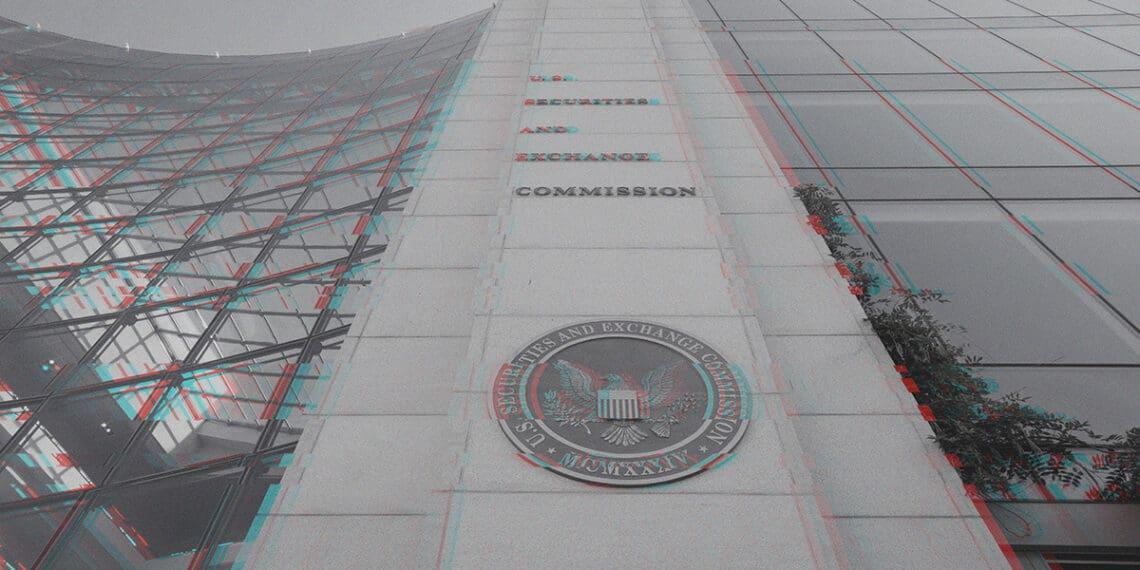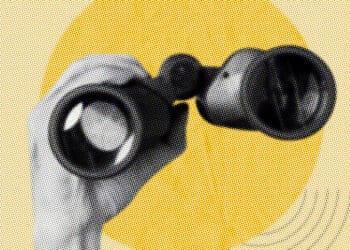When regulators tighten the screws, weak compliance programs crack under pressure. Allison Raley, partner at Arnall Golden Gregory, talks about how to strengthen your systems so you can avoid unwanted enforcement attention.
The recent $390 million fines levied by the SEC against 26 financial firms for failing to retain electronic communications serve as a stark reminder of the importance of robust compliance systems. The charges were based on widespread failures to preserve off-channel communications, such as text messages and instant messaging, which are critical for regulatory oversight. These penalties underscore the necessity for companies to be proactive in their compliance efforts to avoid both legal and financial repercussions.
Regulatory audits and investigations, especially in industries like finance, healthcare and technology, have become more frequent and rigorous in recent years. In this environment, businesses need to embed compliance as a central tenet of their operations. Proper preparation not only helps companies avoid fines and penalties but also strengthens their credibility with regulators and stakeholders. Here are some essential steps businesses can take to be ready for regulatory audits and investigations.
Developing a comprehensive compliance program
A robust compliance program forms the foundation of audit readiness. For businesses to operate smoothly under regulatory scrutiny, they must create detailed policies and procedures tailored to their specific industry requirements. Firms in the financial sector, for example, need to focus on critical areas like recordkeeping, data protection and anti-corruption measures, as these are often the subject of regulatory reviews.
The key to an effective compliance program is regular review and adaptation. Rules change frequently, and businesses that fail to update their compliance protocols can find themselves out of step with new regulatory expectations. It’s equally important that the compliance program doesn’t exist in a vacuum. Employees at all levels should receive regular training to ensure they understand the company’s compliance expectations and their role in upholding them. This is particularly crucial given that most violations are unintentional, arising from a lack of understanding rather than deliberate misconduct.
Another critical component of a compliance program is the designation of a compliance officer or team. These individuals are responsible for ensuring that the company’s policies are followed, and they should have the authority to enforce them throughout the organization. Regular internal audits led by the compliance team can act as a preventive measure, identifying any compliance gaps before they become legal liabilities.
Additionally, the compliance officer or team should track new rules and updates to stay ahead of regulatory changes, ensuring that any changes in the law are quickly incorporated into the company’s compliance policies and all employees are notified. Engaging with industry associations and regulatory bodies is just one way compliance team members can stay informed about future regulatory trends.
Conducting internal audits & mock investigations
Internal audits are one of the most effective ways to ensure readiness for external regulatory reviews. These internal reviews allow a company to assess its operations and processes against relevant regulatory requirements, highlighting any areas that may require attention before they attract scrutiny from regulators. Internal audits should be thorough and should cover all aspects of the company’s operations, particularly recordkeeping and employee communications.
Mock investigations can also be highly beneficial in preparing a company for real-life regulatory scrutiny. By simulating the stress and complexity of an actual investigation, companies can test their response mechanisms and identify any weak points. This could include difficulties in retrieving documents, inadequacies in communication protocols or employees not being properly prepared to interact with investigators. Conducting these exercises regularly helps employees become comfortable with the process and improves the organization’s ability to respond quickly and efficiently in the event of an actual audit.
Maintaining detailed & accessible records
Regulators rely heavily on documentation to assess whether a company has complied with relevant laws, and the inability to provide such records can result in severe penalties. As business communication increasingly moves to digital and mobile platforms, companies must adapt their record-keeping practices accordingly.
To avoid the pitfalls, businesses should centralize their record-keeping processes. All documents, from financial transactions to internal communications, should be stored in an organized and easily accessible system. It’s also essential to understand and comply with industry-specific document retention policies, which often dictate how long records must be maintained.
Backup systems should also be in place to protect against the loss of critical documents. Whether using cloud-based solutions or offsite storage, having a reliable backup system ensures that important records are never lost due to technical failures or disasters. By maintaining comprehensive and well-organized records, companies will be better equipped to respond quickly and thoroughly during a regulatory audit.
Establishing a chain of command for audits & investigations
When a regulatory audit or investigation begins, it’s essential that the company act swiftly and with coordination. Establishing a clear chain of command ensures that the response is efficient and minimizes the risk of missteps. Key personnel, including compliance officers, legal counsel and senior management, should be designated as responsible for managing the process.
These individuals must be empowered to make quick decisions and should be fully versed in the company’s compliance protocols and relevant regulations. Legal counsel should be engaged as early as possible to ensure that the company’s response is both legally sound and strategically advantageous. Early engagement with legal experts can also help the company manage the scope of information disclosed to regulators, reducing the risk of unnecessary exposure.
A predefined protocol for handling audits and investigations is also critical. This protocol should outline steps for document preservation, internal communications and interaction with external regulators. Having these processes in place before an investigation begins can significantly reduce the likelihood of errors and ensure that the company can meet regulatory demands promptly.
Maintaining open communication
Effective communication is essential for navigating regulatory audits and investigations successfully. Internally, employees must understand their role in maintaining compliance and know how to escalate any issues that arise. Regular updates and clear communication from leadership about compliance policies and expectations help create a culture where compliance is everyone’s responsibility.
Externally, maintaining open lines of communication with regulators can sometimes be advantageous. Voluntarily disclosing minor compliance issues can demonstrate good faith and potentially lead to more favorable outcomes if an investigation occurs. However, these disclosures should always be made with careful legal guidance to avoid unintended consequences.
A crisis communication plan is also necessary for managing an investigation’s impact on the company’s stakeholders. Clear and consistent messaging during an audit or investigation helps maintain trust with employees, investors and the public. In today’s environment, where public perception can be as important as legal outcomes, transparency and openness are key.
Conclusion
As regulatory scrutiny intensifies, businesses cannot afford to take a reactive approach to audits and investigations. The recent SEC fines underscore how critical it is for companies to have a proactive, well-structured compliance program in place. Proper preparation not only helps avoid costly penalties but also strengthens a company’s reputation and builds trust with both regulators and stakeholders.




 Allison Raley is a partner at Arnall Golden Gregory LLP and co-chair of the emerging technologies industry team and Women in Tech Law initiative. A former global tech general counsel and chief compliance officer, she brings a distinct business-focused approach to her client representation.
Allison Raley is a partner at Arnall Golden Gregory LLP and co-chair of the emerging technologies industry team and Women in Tech Law initiative. A former global tech general counsel and chief compliance officer, she brings a distinct business-focused approach to her client representation.










